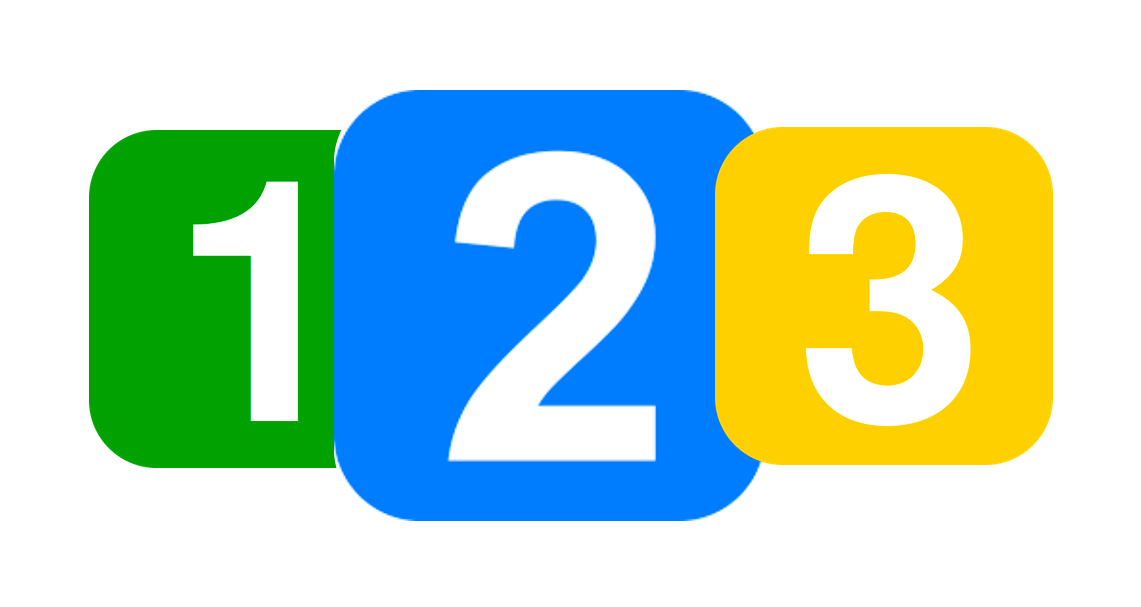The Full 1-2-3 Method

If you are unfamiliar with the traditional tools of M&E or if you need a refresher then you should click here.
If you are already familiar with these tools then you are ready to get started with the 1-2-3 Method. So, now you need to know:
What is it?
The 1-2-3 Method is simply a tool or template which introduces organisations to different M&E methods and allows them to build up confidence by combining different methods in ways that will deliver meaningful results.
Who is it for?

It is useful to any almost organisation that is accountable for actions that are externally funded. It is primarily targeted at:
- Northern and southern NGOs and volunteer organisations that are dependent on official funders or other donors and that need to demonstrate results and respond to demands for accountability.
- Northern and southern NGOs and volunteer organisations that are funded by individual charitable donations, foundations or other actors that do not make formal demands regarding results or accountability.
- Domestic charities, social enterprises, foundations and other associations that are keen to better understand the impact of their activities on their beneficiaries.
Why Use it?

- It is a useful introduction to M&E
- It is simpler and more rapid than many other M&E techniques
- It offers a palette of different instruments that organisations can choose in line with their own competences and needs
- It allows organisations to compensate for the weaknesses of particular methods and allows you to engage in triangulation or cross-checking
- It is flexible: you do not have to go through all the steps and you can develop your own bespoke 1-2-3 Method by mixing and matching the methods listed or by introducing new methods
- It helps organisations appreciate the benefits of thinking evaluatively
- It tackles head-on the arguments against M&E: that it’s too complicated, a matter for experts etc
Which 1-2-3 Method?
There are two main versions of the 1-2-3 Method: the Full and the Quick. Click here for a table showing how each would work in practice.
Use the following flowchart to find out which 1-2-3 Method is best for you.

The Full 1-2-3 Method
If you are accountable to external funders and are looking to conduct your own or commission an independent evaluation then you should consider the Full 1-2-3 Method.
We will identify two specific ways of using this method:
A) The Metrics-Based Approach, which centers on the logical framework
B) The Theory -Based Approach, which usually revolves around the Theory of Change
The Quick 1-2-3 Method
If you are not being held to account by external donors and are looking to do a quick appraisal or a short self-evaluation then you may wish to opt inteadfor the Quick 1-2-3 Method.

Where to now?
If you have not done so already, listen to our tutorial and check out How to Use the 1-2-3 Method.
If you are sure you want to use the logical framework click on Metrics-Based Evaluation and if you plan to use the Theory of Change, click here.